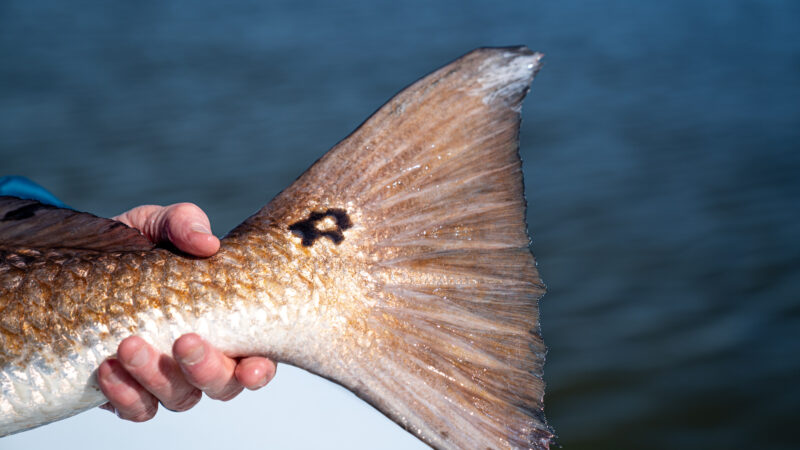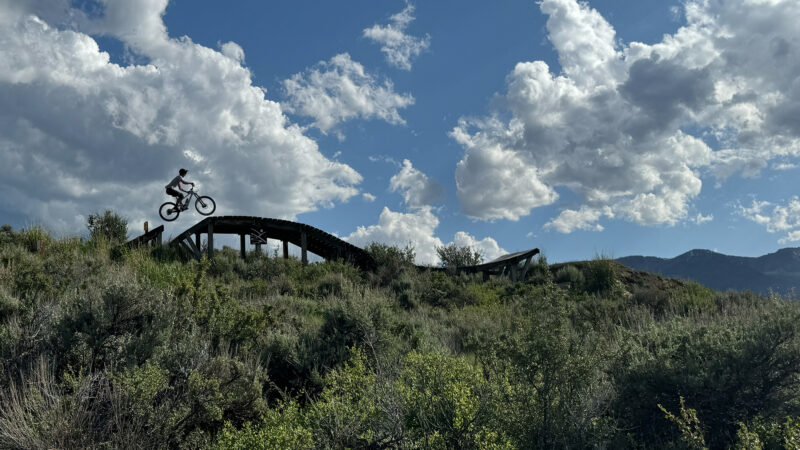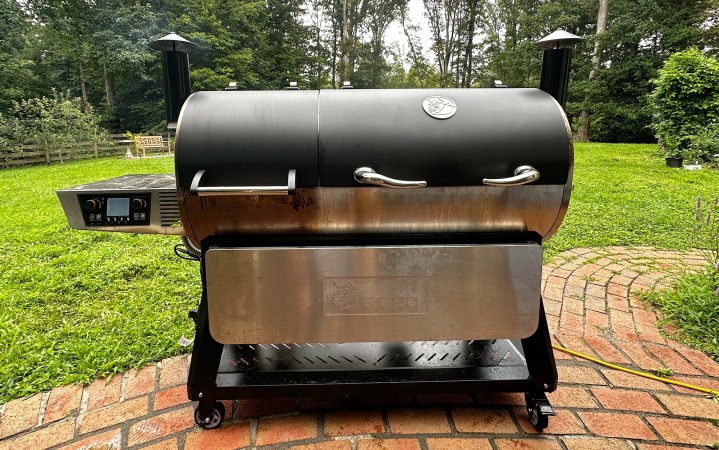After 31 Years, Feds Move Ahead with Plans to Introduce Grizzlies to Bitterroot Mountains
The U.S. Fish and Wildlife Service announced on Wednesday a public scoping procedure and new environmental impact statement for recovering a breeding population of threatened grizzly bears in the Bitterroot Mountains of southwestern Montana and eastern Idaho. The announcement comes 31 years after the Bitterroot Ecosystem was first identified as one of six grizzly bear recovery zones in the Lower 48. It has also been 23 years and two months since the USFWS made the final decision to reintroduce the experimental, non-essential population in the area, a stretch of time that was deemed an unreasonable delay by the U.S. District Court for the District of Montana in March.
Now, the USFWS has until November 2026 to issue a new environmental impact statement and decision on the matter. The agency will be accepting public comments on the plan until March 18.
The Bitterroot ecosystem was first identified as one of six grizzly bear recovery zones in 1993, as part of a supplement to the 1982 species recovery plan. In November 2000, the USFWS issued a final environmental impact statement and record of decision to reintroduce the bears. But the feds didn’t take any major action to actually begin that reintroduction, protect habitat for the threatened grizzlies that wandered into the area on their own, or set up a citizen’s advisory committee to involve the public in the process. On March 15, 2023, U.S. District judge Donald Molloy ruled that the USFWS had not taken proper steps to act on their November 2000 decision and had unreasonably delayed the recovery, following a lawsuit filed by Alliance of the Rockies against USFWS grizzly bear recovery coordinator Hilary Cooley.
In conversations about grizzly bear recovery in the Lower 48, the Bitterroot ecosystem has long been accompanied by an asterisk. In other recovery zones like the Northern Continental Divide and Greater Yellowstone ecosystems, grizzly populations have steadily expanded out of Glacier and Yellowstone national parks and hit certain benchmarks for recovery in recent years. But the Bitterroot ecosystem has always been a place biologists and wildlife managers hypothesized bears would eventually repopulate on their own. Bears dispersing from the NCDE and GYE are likely to wander into the Bitterroots, based on the proximity of all three areas.
Read Next: The Clock Is Ticking as the Feds Grapple with Delisting Grizzly Bears
To a certain degree, they did just that; reports of grizzlies in the area have popped up in recent years. But the bears that ranged into the Bitterroot ecosystem have yet to achieve benchmarks for a breeding population, which requires two breeding females or one breeding female with two consecutive litters, according to the USFWS. Now the feds’ only option is to try putting one there, considering the mandate resulting from last year’s lawsuit.
The USFWS is asking for public comment on the situation for the next 60 days, until March 18. Public meetings with virtual access will occur on Feb. 5 at 6 p.m. MST, Feb. 13 at 6 p.m. MST, and Feb. 14 at 2 p.m. MST.
The post After 31 Years, Feds Move Ahead with Plans to Introduce Grizzlies to Bitterroot Mountains appeared first on Outdoor Life.
We may earn revenue from the products available on this page and participate in affiliate programs. Learn More ›
Source: https://www.outdoorlife.com/conservation/grizzly-bear-reintroduction-bitterroot-mountains/





